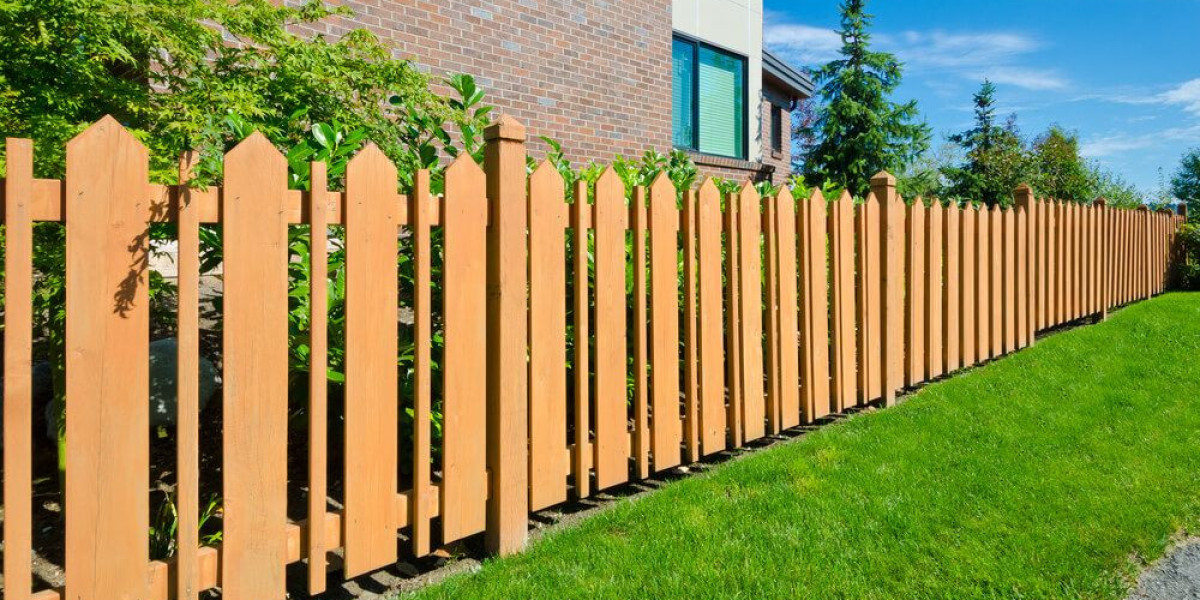Wood fences have long been a popular choice for homeowners looking to enhance the beauty, privacy, and security of their properties.
Whether you're aiming to keep pets safe, mark property boundaries, or simply add a touch of rustic charm, a wood fence is a versatile and timeless option.
In this guide, we’ll explore everything you need to know about wood fences, from types and benefits to maintenance tips and purchasing advice.
Types of Wood Fences
Choosing the right style of wood fence is crucial for meeting your specific needs. Here are some popular options:
- Picket Fence:
Ideal for a classic, charming look. Picket fences are perfect for front yards, providing a welcoming barrier without obstructing views.
- Privacy Fence:
Designed to provide complete privacy, these fences are typically taller and feature tightly spaced boards.
- 3. Split Rail Fence:
A rustic choice, split rail fences are great for marking boundaries without blocking the view. They’re often used on larger properties or farms.
- Lattice Fence:
Featuring crisscrossed patterns, lattice fences add an elegant touch and can support climbing plants.
- Post and Rail Fence:
Simple and functional, post and rail fences are commonly used for larger properties, like farms or estates.
Benefits of Wood Fences
Wood fences offer numerous advantages:
Aesthetic Appeal:
Wood provides a natural, warm look that can complement any landscape.
Customizability:
You can paint, stain, or leave the wood natural to suit your style.
Privacy and Security:
Tall, solid wood fences offer excellent privacy and security.
Durability:
With proper care, wood fences can last for decades.
Environmental Impact:
Wood is an environmentally conscious material since it is a renewable resource.
Selecting the Right Wood
Not all wood is created equal. Here are some popular wood types for fences:
Cedar:
Known for its natural resistance to rot and insects, cedar is a durable and beautiful choice.
Redwood:
Offers excellent durability and a stunning red hue, but it’s more expensive.
Pine:
A more affordable option, pine is often pressure-treated to enhance its resistance to the elements.
Spruce:
Typically used for picket fences, spruce is cost-effective but requires regular maintenance to prevent decay.
Maintenance Tips
Proper maintenance is key to extending the life of your wood fence:
- Regular Cleaning: Wash your fence with a garden hose or power washer to remove dirt, mold, and mildew.
- Sealing and Staining: Apply a sealant or stain every few years to protect the wood from moisture and UV damage.
- Repair Damage Promptly: Replace broken or rotten boards immediately to prevent further damage.
- Inspect Regularly: Check for signs of insect infestation, rot, or structural damage.
Purchasing Advice
When purchasing a wood fence, consider the following tips:
Research and Compare:
Look into different suppliers and compare prices, reviews, and warranties.
Quality Over Price: While it might be tempting to go for the cheapest option, investing in high-quality wood will pay off in the long run.
Professional Installation:
Hiring a professional ensures your fence is installed correctly and securely.
Check Local Regulations: Ensure your fence complies with local zoning laws and regulations.
Conclusion
A wood fence is more than just a barrier; it’s an investment in your home’s beauty, privacy, and security.
By understanding the different types of wood fences, their benefits, and how to maintain them, you can make an informed decision that will enhance your property for years to come.
Ready to transform your yard with a beautiful wood fence?Reach out to us right now for a free estimate and consultation!














